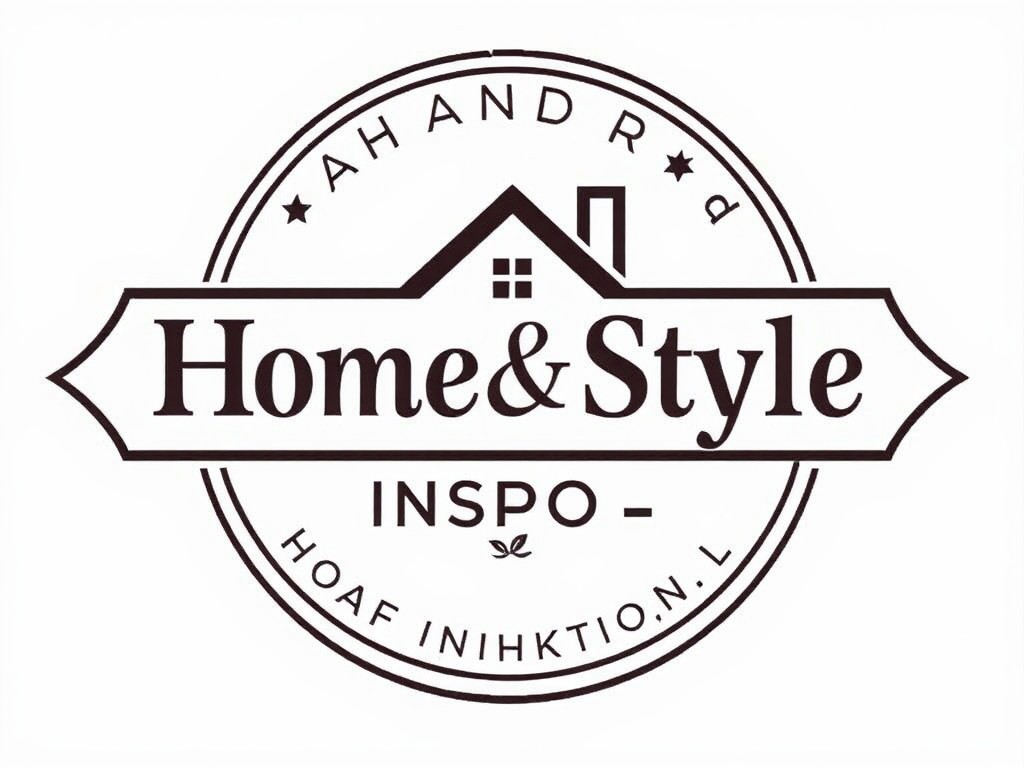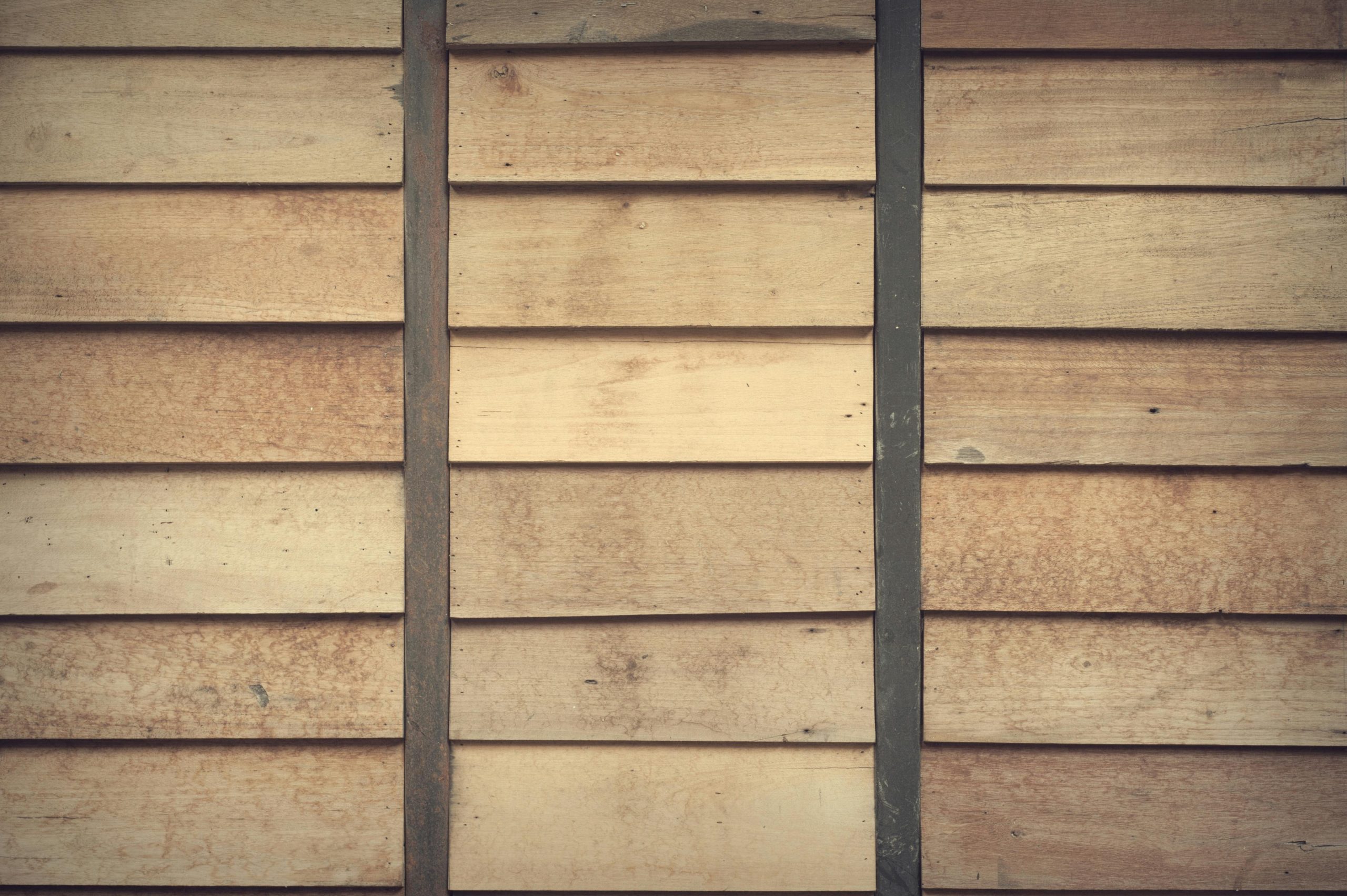Resilient wood-style cladding combines the timeless appeal of natural wood with modern durability and low upkeep. It offers enhanced weather resistance, protecting buildings from moisture, UV damage, and pests, while maintaining a stylish facade. Sustainable by design, this material reduces environmental impact compared to traditional options, making it a smart choice for both residential and commercial projects seeking reliable, eco-friendly exterior solutions.
Key Benefits of Resilient Wood-Style Cladding
Resilient wood-style cladding offers several advantages that make it a top choice for both residential and commercial buildings. Among the most significant building material benefits is its enhanced durability, which ensures long-lasting performance even under harsh weather conditions. Unlike traditional wood, these claddings resist moisture, warping, and insect damage. This durability reduces the need for frequent replacements, making it a cost-effective solution over time.
Avez-vous vu cela : What are the most drought-resistant plants for a UK garden?
Another critical benefit is the low maintenance requirements wood-style cladding provides. Homeowners and builders value the ease of care, since these materials typically need only occasional cleaning, avoiding the annual sanding or staining required for natural wood. This practicality saves time and effort while preserving the cladding’s appearance.
Beyond functionality, wood-style cladding delivers a natural aesthetic appeal that blends seamlessly with various architectural styles. Its versatile design options allow customization in color, texture, and finish, accommodating both classic and modern tastes. Compared to other materials in a cladding comparison, wood-style options balance beauty and resilience effectively.
A voir aussi : What are the latest smart home gadgets that can save energy for UK homeowners?
In summary, the advantages of wood-style cladding lie in its strength, minimal upkeep, and authentic look, making it a smart, attractive choice. For more insight into the benefits of durable wood appearance cladding, visit FIBERDECK.
Weather Resistance and Protection
When considering weather-resistant cladding, the focus is on materials designed to shield your home from the harsh effects of moisture, UV rays, and fluctuating temperatures. Wood-look exterior protection is particularly valuable because it combines the aesthetic appeal of natural timber with enhanced durability. Unlike untreated wood, these cladding options provide superior resistance to warping and rotting, common issues caused by prolonged exposure to rain and humidity.
Building envelope solutions that incorporate advanced weather-resistant cladding play a critical role in maintaining the structural integrity of your property. They act as a barrier against pests, which can infiltrate and damage traditional wooden facades. By choosing cladding engineered for resilience, homeowners effectively extend the lifespan of their exterior surfaces.
Questions often arise about how exactly this protection works. The answer lies in the material composition and surface treatments that prevent water ingress and reflect damaging sunlight. This means the cladding retains its appearance and performance over time without requiring frequent repairs or replacements.
For those seeking a robust option that mimics the warmth of wood while providing outstanding weather resistance, investing in this type of wood-look exterior protection is a practical and aesthetically pleasing choice. Explore more about this innovative approach to building envelope solutions in resources like FIBERDECK.
Sustainability and Environmental Impact
Sustainable wood cladding plays a pivotal role in advancing green renovation efforts by offering an eco-friendly alternative to conventional building materials. Unlike synthetic cladding options, sustainable wood cladding is often sourced from renewable forests managed to maintain biodiversity and forest health. This ensures that the material not only has a lower environmental footprint but also contributes to the regeneration of natural ecosystems.
One key aspect of sustainable wood cladding is its potential to incorporate recycled content, further reducing demand for virgin resources and cutting down on waste. By choosing cladding made from FSC-certified or reclaimed wood, builders can significantly lessen carbon emissions associated with harvesting and processing traditional cladding materials, such as vinyl or metal.
Eco-friendly building materials like sustainable wood cladding also enhance the overall energy efficiency of a structure. Wood possesses natural insulating properties, which help in reducing heating and cooling requirements. This translates to lower energy use and, consequently, fewer greenhouse gas emissions over the building’s lifecycle.
For those committed to a green renovation, sustainable wood cladding combines durability with environmental responsibility. It offers an attractive solution that balances aesthetics with a reduction in ecological impact. When considering cladding options, exploring products such as FIBERDECK can be a strategic choice for achieving these sustainability goals without compromising on style or function.
Real-World Applications and Performance
Real-world applications of wood-style cladding demonstrate both its aesthetic appeal and practical durability across numerous settings. Residential cladding examples frequently showcase how homeowners seek to combine natural beauty with low maintenance. Many case studies reveal that wood-style cladding performs exceptionally well in various climates, from humid coastal regions to cold mountainous areas.
In commercial uses, the material’s versatility becomes even more apparent. Businesses often select wood-style cladding for its ability to provide an inviting facade while withstanding heavy weathering and urban pollution. Its adaptability suits different building types—from retail shops to office buildings—without compromising performance.
Wood-style cladding case studies highlight its resistance to moisture, UV exposure, and temperature fluctuations, making it an excellent choice irrespective of the local environment. For instance, installations in temperate zones maintain their color and texture longer than traditional wood without the regular need for treatments. This reliability ensures cost-effectiveness over time.
For more insight on durable wood appearance cladding that blends design with resilience, explore the resource available at FIBERDECK.
Comparison with Alternative Cladding Options
When considering cladding material comparison, it is essential to evaluate how wood-style cladding measures up against vinyl, fiber cement, and traditional wood. Wood-style cladding offers the visual appeal of natural timber but is engineered to enhance durability and reduce maintenance needs. Unlike traditional wood, which requires regular sealing and is prone to rot and insect damage, wood-style cladding often incorporates weather-resistant features that extend its lifespan significantly.
Vinyl cladding is widely known for its low cost and minimal upkeep. However, it lacks the authentic texture and warmth that wood-style cladding provides. While vinyl can crack under extreme temperatures and may fade over time, wood-style cladding maintains a more consistent appearance and gives a premium finish closer to real wood.
Fiber cement is another common exterior finish praised for its strength and fire resistance. It is heavier and often more expensive than wood-style cladding, and installation may be more complicated. While fiber cement endures harsh weather well, it can chip or crack if impacted, whereas wood-style cladding often has better flexibility to absorb minor impacts.
From a cost-effectiveness and value analysis perspective, wood-style cladding serves as a balanced choice. It typically costs more upfront than vinyl but less than high-end fiber cement or traditional timber. Over time, its low maintenance requirements translate into considerable savings, making it an excellent long-term investment. Additionally, it increases curb appeal with its natural wood look, potentially boosting property value.
For homeowners seeking durable, attractive, and practical exterior finishes, exploring options like wood-style cladding aligned with alternatives can lead to an informed, satisfying decision. To understand more about durable wood appearance cladding and its benefits, check out resources such as FIBERDECK.
Expert Insights and Practical Selection Tips
Small text here: Understanding the nuances of choosing cladding materials is essential for a lasting and attractive exterior.
From the perspective of a cladding expert, selecting the right building material requires balancing aesthetics, durability, and maintenance ease. Architects and builders often emphasize starting with the climate—materials that perform well in wet or humid environments differ from those suited to dry or cold regions. For example, fiber cement panels offer excellent water resistance, while wood cladding may require more upkeep in moist conditions.
When narrowing down materials, consider the following building material tips:
- Assess the environmental exposure and weather patterns relevant to your location.
- Factor in fire safety ratings, especially in wildfire-prone areas.
- Evaluate the installation complexity and long-term maintenance commitments.
Additionally, experts recommend testing samples on your building site if possible, as natural light and neighboring colors can influence how the cladding looks once installed. Choosing materials that harmonize with your home’s architectural style not only boosts curb appeal but also ensures property value retention.
For those interested in combining durability with a wood-like appearance, options like FIBERDECK provide a practical balance, offering longevity without sacrificing natural aesthetics. This aligns with expert advice stressing that cladding material choices should always be informed by both functional and design considerations to achieve the best outcome.






